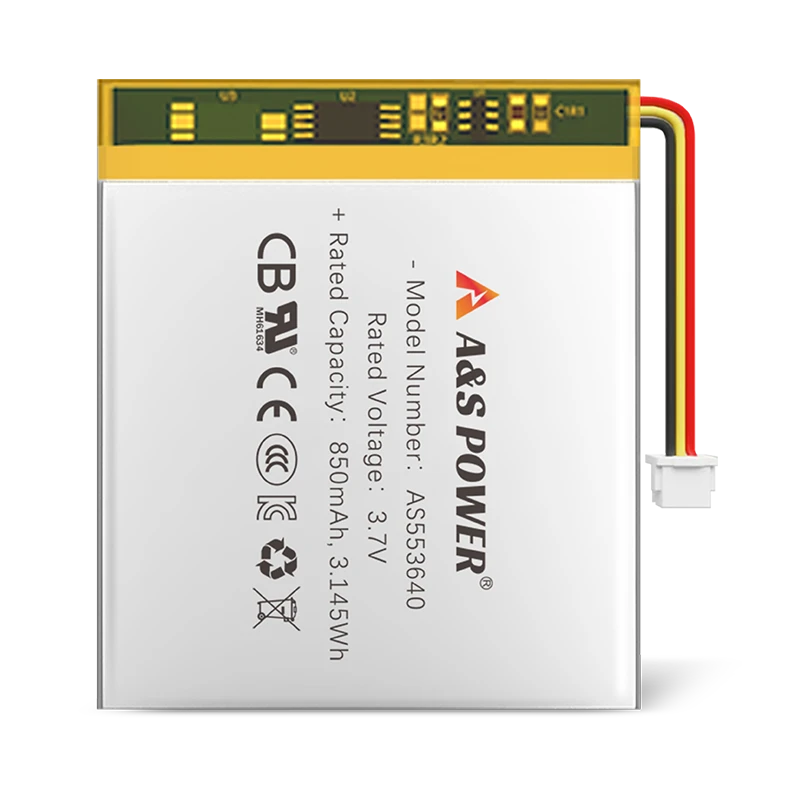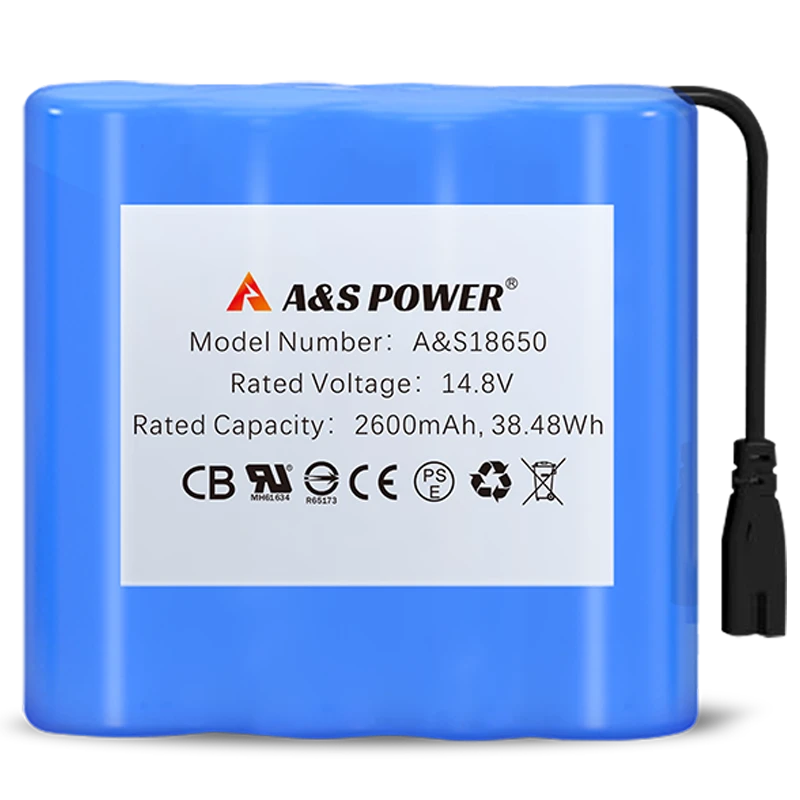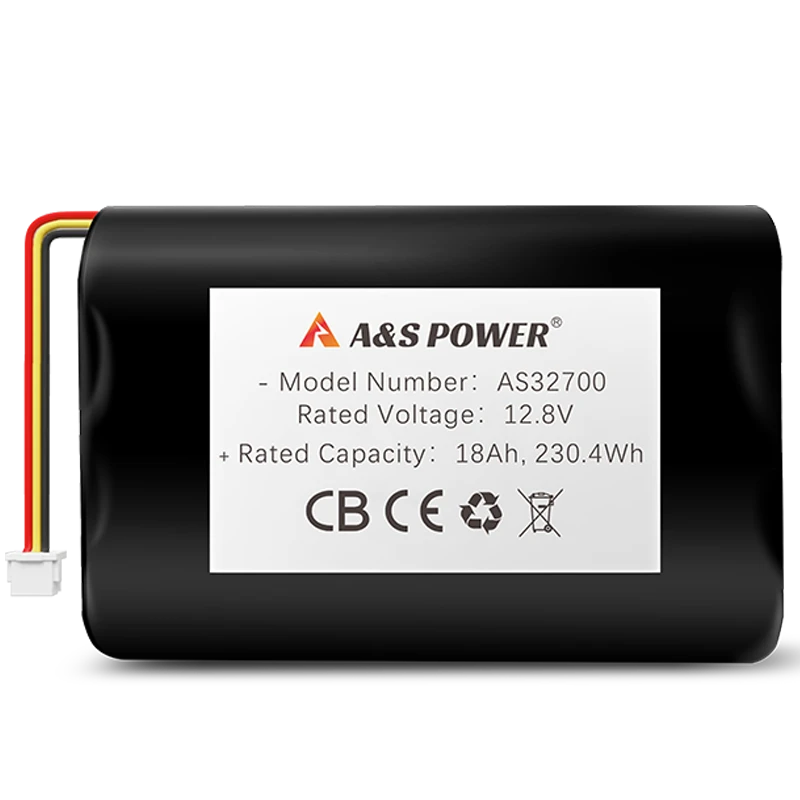Seven advantages of lithium iron phosphate battery
Seven Advantages of Lithium Iron Phosphate Battery: The Future of Energy Storage
Lithium Iron Phosphate (LiFePO4) batteries are revolutionizing the energy storage industry with their superior performance, safety, and cost-efficiency. As the global demand for reliable and sustainable power solutions grows, LiFePO4 batteries have emerged as the preferred choice for applications ranging from electric vehicles to renewable energy storage. This comprehensive guide explores the seven key advantages that make LiFePO4 batteries the optimal solution for modern energy needs, supported by data, technical insights, and market trends.
Unmatched Safety and Stability
1. Thermal and Chemical Stability
LiFePO4 batteries are renowned for their exceptional thermal stability, with a decomposition temperature exceeding 200°C, compared to just 150°C for traditional lithium-ion batteries (NMC/NCA). This inherent stability significantly reduces the risk of thermal runaway, a common issue in high-energy-density batteries.
- No Thermal Runaway: LiFePO4 chemistry does not release oxygen during decomposition, eliminating fire hazards.
- Non-Toxic Materials: Unlike cobalt-based batteries, LiFePO4 cells are free from toxic heavy metals, making them safer for disposal and recycling.
Table 1: Safety Comparison of Battery Chemistries
| Parameter | LiFePO4 | NMC/NCA | Lead-Acid |
|---|---|---|---|
| Thermal Runaway Risk | Extremely Low | Moderate to High | Low (but acidic) |
| Chemical Stability | Excellent | Good | Poor (acid leaks) |
| Toxic Materials | None | Cobalt, Nickel | Lead, Sulfuric Acid |
| Source: Battery Safety Standards (2024) |
2. Built-in Safety Mechanisms
Modern LiFePO4 batteries incorporate advanced Battery Management Systems (BMS) that monitor and control:
- Overcharge Protection: Automatic cutoff at 14.6V to prevent damage.
- Over-Discharge Protection: Shuts down at 10V to extend cell lifespan.
- Short-Circuit Prevention: Multi-layer fusing and thermal cutoffs.
These features make LiFePO4 ideal for high-risk environments like marine, automotive, and industrial applications.
Superior Performance and Efficiency
3. Extended Cycle Life
LiFePO4 batteries offer 5,000–7,000 cycles at 80% Depth of Discharge (DoD), outperforming lead-acid (500 cycles) and NMC batteries (2,000 cycles). This translates to:
- 10+ years of service life in solar storage systems.
- 50% lower replacement costs over a decade compared to lead-acid.
Table 2: Cycle Life Comparison
| Battery Type | Cycle Life (80% DoD) | Lifespan (Years) |
|---|---|---|
| LiFePO4 | 5,000–7,000 cycles | 10–12 |
| NMC | 2,000–3,000 cycles | 5–7 |
| Lead-Acid | 300–500 cycles | 2–3 |
| Source: Industry Lifespan Reports (2024) |
4. High Energy Efficiency
- Round-Trip Efficiency: 95–98% (vs. 70–80% for lead-acid).
- Low Self-Discharge: 1–2% per month (vs. 5–10% for lead-acid), ensuring long-term reliability.
This efficiency is critical for solar energy storage, where every watt-hour counts.
Cost-Effectiveness and Sustainability
5. Lower Total Cost of Ownership (TCO)
While LiFePO4 batteries have a higher upfront cost, their long-term savings are substantial:
- Reduced Replacements: 1–2 replacements over 10 years vs. 4–5 for lead-acid.
- Zero Maintenance: No watering, equalization, or terminal cleaning required.
- Energy Savings: Higher efficiency reduces wasted electricity.
Table 3: 10-Year TCO Analysis (100Ah System)
| Cost Factor | LiFePO4 | Lead-Acid |
|---|---|---|
| Initial Cost | $1,200 | $600 |
| Replacements | $0 (1x lifespan) | $2,400 (4x) |
| Maintenance | $0 | $800 |
| Energy Losses | $50 | $400 |
| Total 10-Year Cost | $1,250 | $4,200 |
| Source: TCO Studies (2024) |
6. Environmental Benefits
- Cobalt-Free: Eliminates ethical concerns tied to cobalt mining.
- 95% Recyclable: Redwood Materials and Li-Cycle recover 95% of materials.
- Lower Carbon Footprint: 40% less CO2 emissions than NMC batteries.
LiFePO4 aligns with global sustainability goals, including the EU Battery Regulation (2027).
Wide Range of Applications
7. Versatility Across Industries
LiFePO4 batteries are used in:
- Electric Vehicles (EVs): Tesla Powerwall, BYD Blade Battery.
- Solar Energy Storage: 98% efficiency for home and grid storage.
- Marine and RV: IP67 waterproofing for harsh environments.
- Industrial UPS: Zero downtime for data centers and hospitals.
Conclusion
Lithium Iron Phosphate (LiFePO4) batteries deliver seven unbeatable advantages:
- Safety – No thermal runaway, non-toxic.
- Longevity – 5,000+ cycles, 10+ years.
- Efficiency – 95%+ round-trip efficiency.
- Cost Savings – 50% lower TCO vs. lead-acid.
- Eco-Friendly – Cobalt-free, 95% recyclable.
- Fast Charging – 2–4 hours for full charge.
- Versatility – EVs, solar, marine, industrial.
-

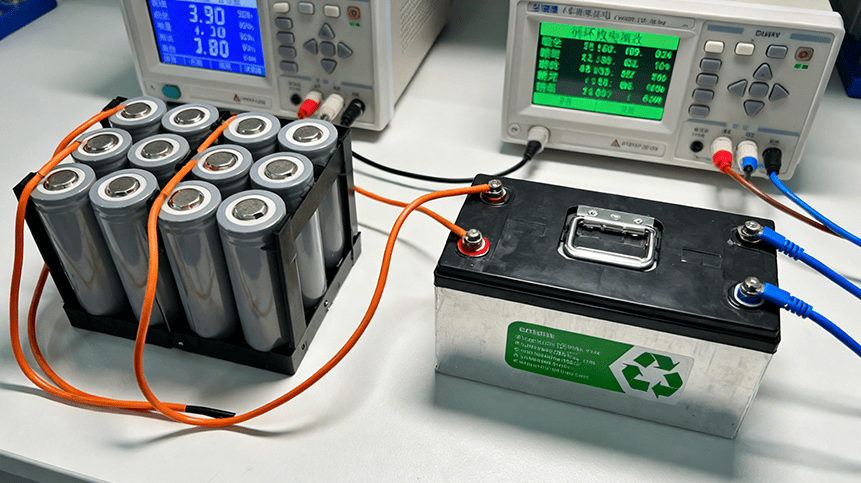 May.2025.11.24Ternary Lithium Battery vs Lithium-ion: Complete Comparison Guide (2025 Edition)Learn More
May.2025.11.24Ternary Lithium Battery vs Lithium-ion: Complete Comparison Guide (2025 Edition)Learn More -

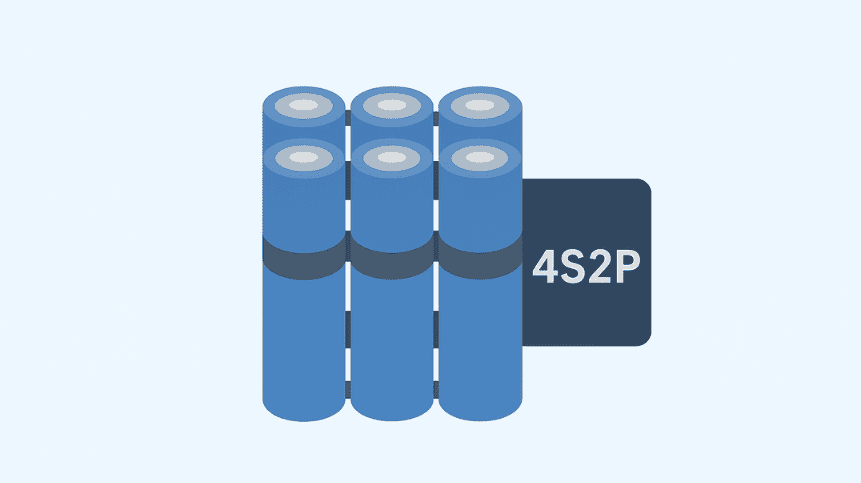 May.2025.11.214S2P 18650 14.8V Battery: Complete Technical Guide, Specs, Applications & SafetyLearn More
May.2025.11.214S2P 18650 14.8V Battery: Complete Technical Guide, Specs, Applications & SafetyLearn More -

 May.2025.11.18PCM vs BMS in Lithium Batteries: What’s the Difference and Which One Do You Need?Learn More
May.2025.11.18PCM vs BMS in Lithium Batteries: What’s the Difference and Which One Do You Need?Learn More -

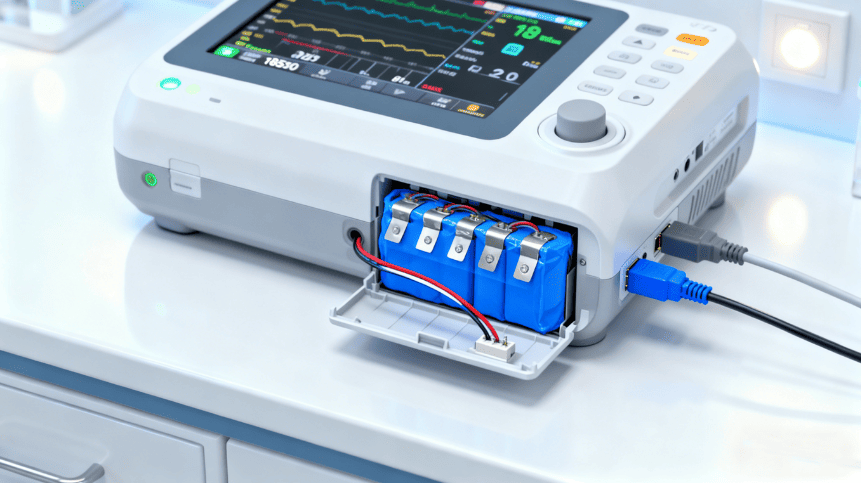 May.2025.11.17Custom Li-ion Battery Design for Medical Devices (2025 Comprehensive Guide)Learn More
May.2025.11.17Custom Li-ion Battery Design for Medical Devices (2025 Comprehensive Guide)Learn More -

 May.2025.11.17The Future of Lithium-Ion Batteries: Innovation, Sustainability, and Global Market TrendsLearn More
May.2025.11.17The Future of Lithium-Ion Batteries: Innovation, Sustainability, and Global Market TrendsLearn More




